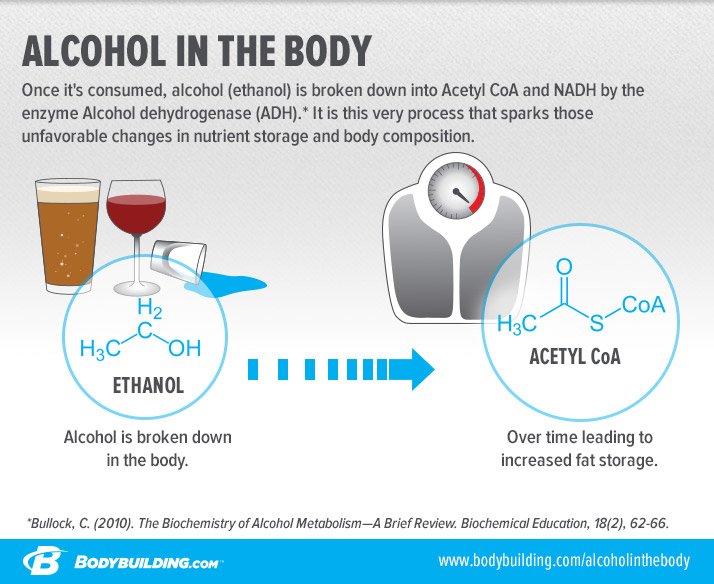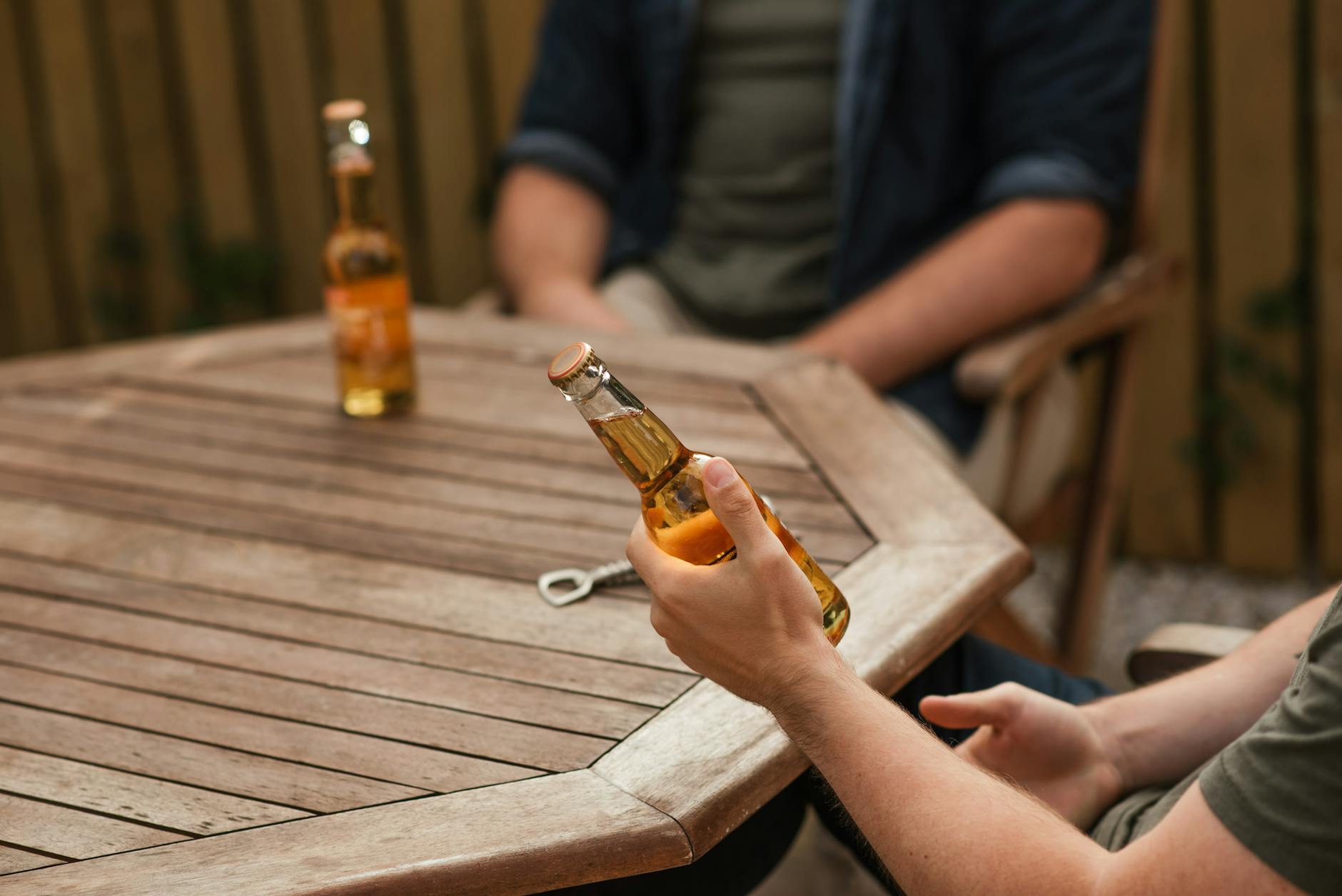Unravel the mysteries of beer metabolism and intoxication with a scientific deep dive into how your body processes alcohol.
Table of Contents
When it comes to drinking alcohol, one of the most common questions that arises is: How many beers does it take to get drunk? The answer to this question is not as straightforward as it may seem, as there are various factors at play that can influence how quickly and how intensely someone becomes intoxicated. In this blog post, we will delve into the science behind alcohol metabolism, individual tolerance levels, and the different factors that can influence intoxication.
Alcohol Metabolism
alcohol metabolism is a complex process that begins as soon as you take your first sip. When you consume alcohol, it is absorbed into your bloodstream through the walls of your stomach and small intestine. From there, the alcohol travels to your liver, where it is metabolized at a rate of about one standard drink per hour. This process is primarily carried out by enzymes in the liver, specifically alcohol dehydrogenase and acetaldehyde dehydrogenase.
Several factors can impact alcohol metabolism, including gender, weight, and genetics. Women tend to metabolize alcohol more slowly than men, as they typically have a higher percentage of body fat and lower levels of the enzymes responsible for breaking down alcohol. Additionally, individuals with a lower body weight may feel the effects of alcohol more quickly than those who weigh more, as there is less water and more alcohol in their bloodstream.
Blood Alcohol Content (BAC) is a measurement used to evaluate an individual’s level of intoxication. BAC is determined by the amount of ethanol present in the bloodstream and is expressed as a percentage. In most places, a BAC of 0.08% is considered the legal limit for driving under the influence. However, it’s important to note that everyone metabolizes alcohol differently, so two people who have consumed the same amount of alcohol may have different BAC levels.
Individual Tolerance Levels
One of the key factors that can influence how many beers it takes to get drunk is an individual’s tolerance level. Tolerance refers to how accustomed your body is to the effects of alcohol, and it can vary widely from person to person. Factors that can impact tolerance include age, drinking history, and overall health.
As we age, our bodies become less efficient at metabolizing alcohol, which means that older individuals may feel the effects of alcohol more quickly than younger people. Additionally, frequent drinkers may develop a tolerance to alcohol over time, requiring more alcohol to achieve the same level of intoxication. Overall health also plays a role in tolerance, as individuals with liver or kidney problems may have difficulty metabolizing alcohol effectively.
Other factors that can influence tolerance levels include food consumption, hydration, and medication. Eating a meal before drinking can slow down the absorption of alcohol into the bloodstream, while staying hydrated can help your body process alcohol more efficiently. Certain medications can also interact with alcohol and affect how drunk you feel after drinking.
Factors Influencing Intoxication
Aside from individual tolerance levels and alcohol metabolism, there are several other factors that can influence how many beers it takes to get drunk. The type of alcohol you consume can impact intoxication levels, as different beverages have varying alcohol by volume (ABV) percentages. Spirits such as vodka or whiskey typically have a higher ABV than beer, meaning you may become intoxicated more quickly when drinking them.

Image courtesy of www.bodybuilding.com via Google Images
Mixing different types of alcohol can also increase intoxication levels, as it can confuse your body and make it harder to gauge how much alcohol you have consumed. Additionally, factors such as stress, fatigue, and emotional state can influence how alcohol affects you, as they can impact your body’s ability to metabolize alcohol effectively.
It is essential to practice responsible drinking habits and know your limits when consuming alcohol. Drinking in moderation, pacing yourself, and staying hydrated can help reduce the risk of overconsumption and its associated negative effects. Remember, it’s not about how many beers it takes to get drunk, but rather about enjoying alcohol responsibly and knowing when to stop.
Conclusion
Understanding the science behind alcohol metabolism and intoxication can help you make more informed decisions when it comes to drinking alcohol. By considering factors such as individual tolerance levels, alcohol metabolism, and the various influences on intoxication, you can better gauge how alcohol may affect you and take steps to drink responsibly. So, the next time you find yourself asking, “How many beers does it take to get drunk?” remember that the answer is unique to each individual and depends on a variety of factors. Cheers to drinking responsibly and enjoying alcohol in a safe and enjoyable manner.
FAQ
How long does it take for your body to metabolize alcohol?
Answer 1: On average, your body metabolizes alcohol at a rate of about one standard drink per hour. However, this can vary depending on factors like gender, weight, and overall health.
Does the type of alcohol you drink impact how intoxicated you get?
Answer 2: Yes, the alcohol by volume (ABV) percentage of different beverages can influence intoxication levels. Spirits with higher ABV, like vodka or whiskey, may lead to quicker intoxication than beer.
Can individual tolerance levels affect how quickly someone becomes drunk?
Answer 3: Absolutely. Tolerance levels vary from person to person and can be influenced by factors like age, drinking history, and overall health. Older individuals and frequent drinkers may feel the effects of alcohol more quickly.
How can I reduce the risk of overconsumption and negative effects of alcohol?
Answer 4: Practicing responsible drinking habits, pacing yourself, drinking in moderation, and staying hydrated can help reduce the risk of overconsumption and its associated negative effects. It’s important to know your limits and enjoy alcohol in a safe and responsible manner.
Generated by Texta.ai Blog Automation


Leave a Reply